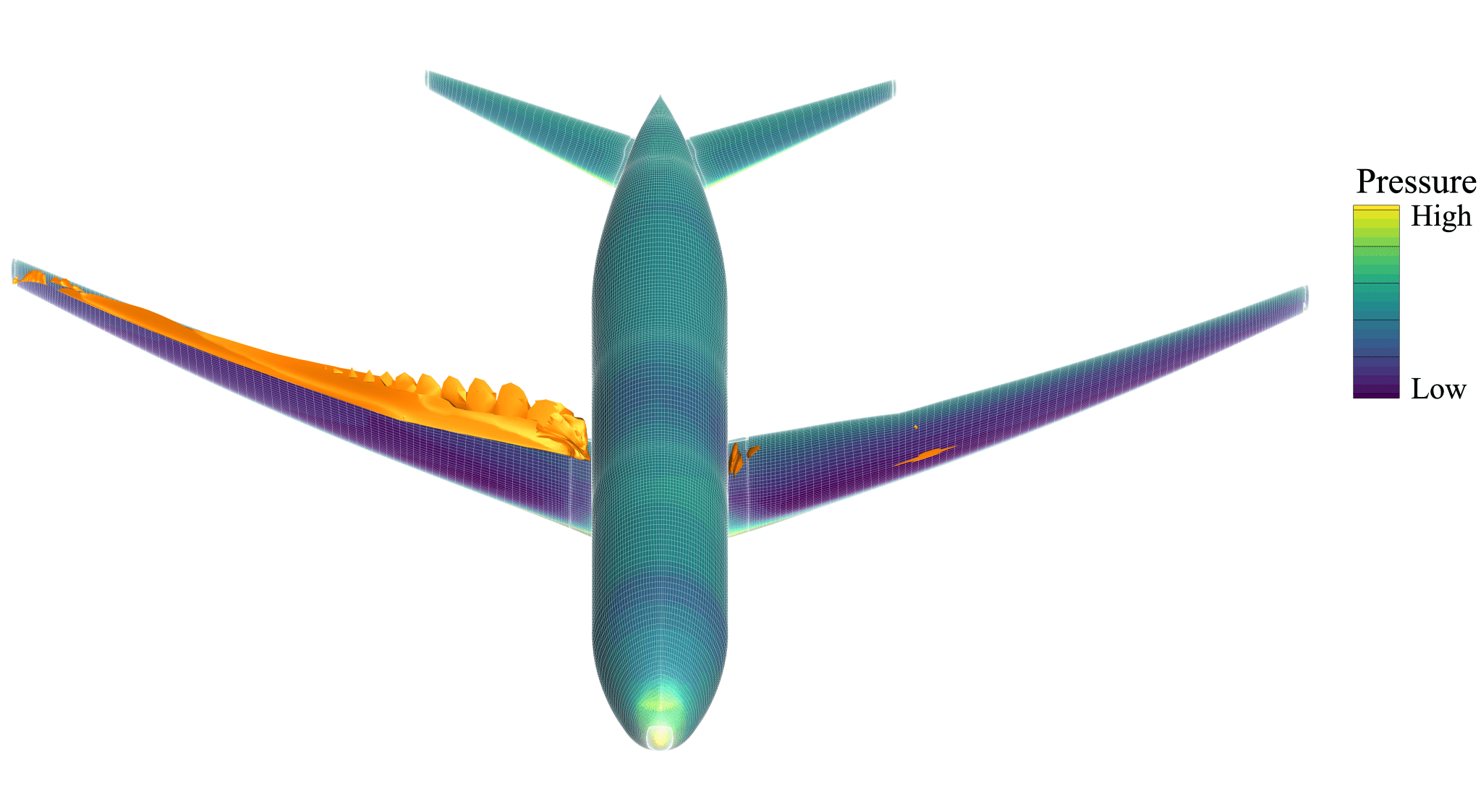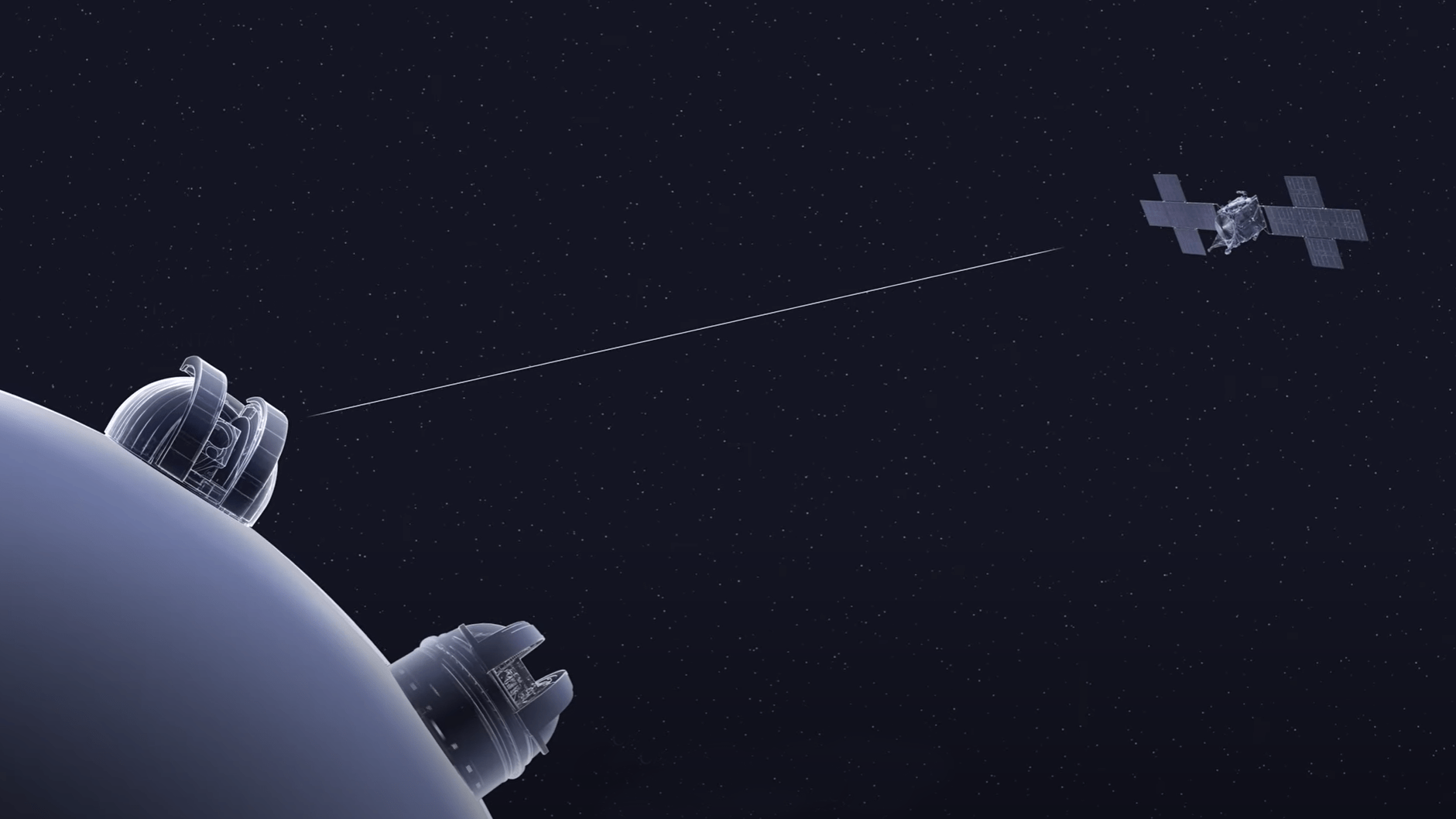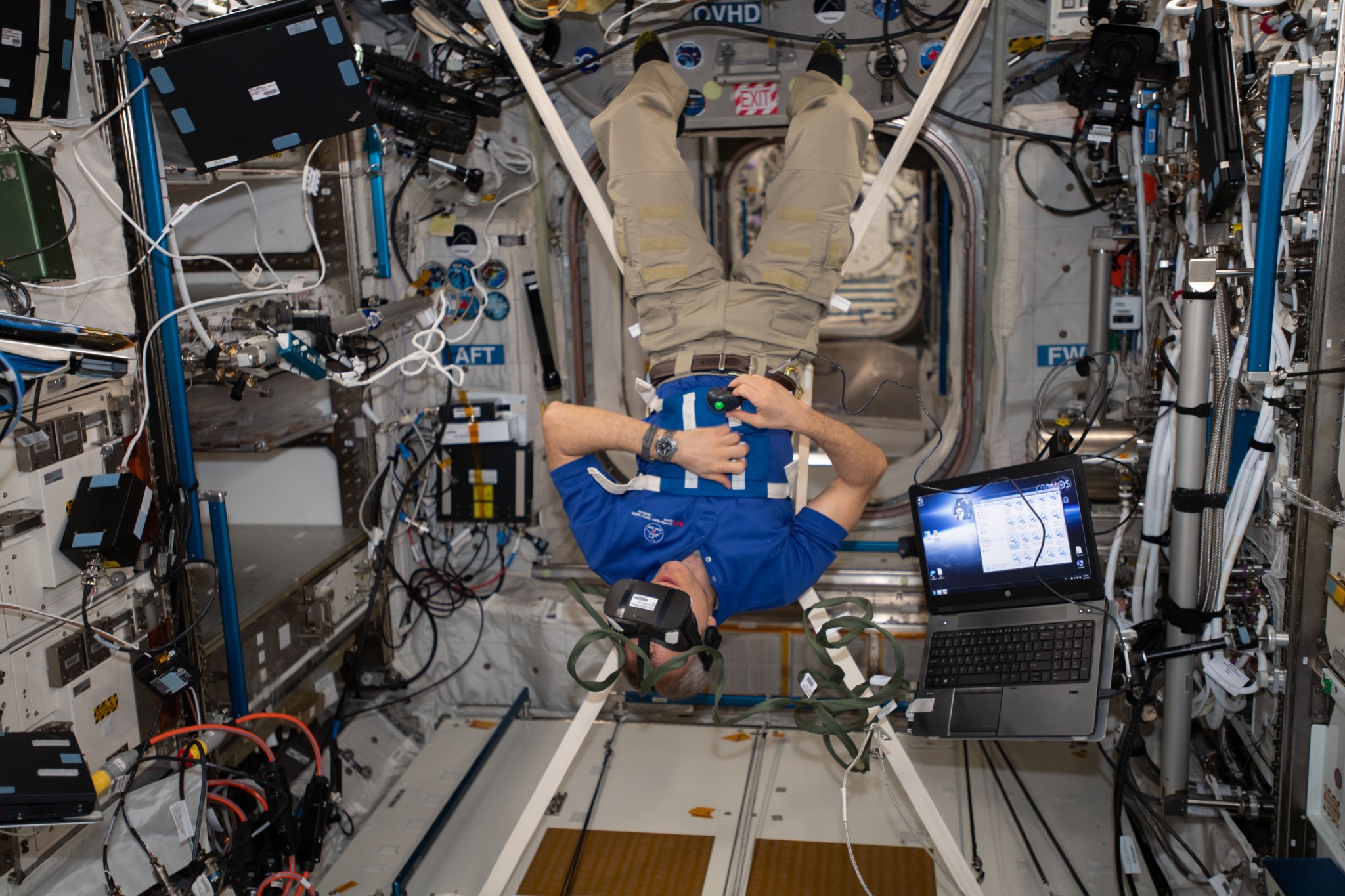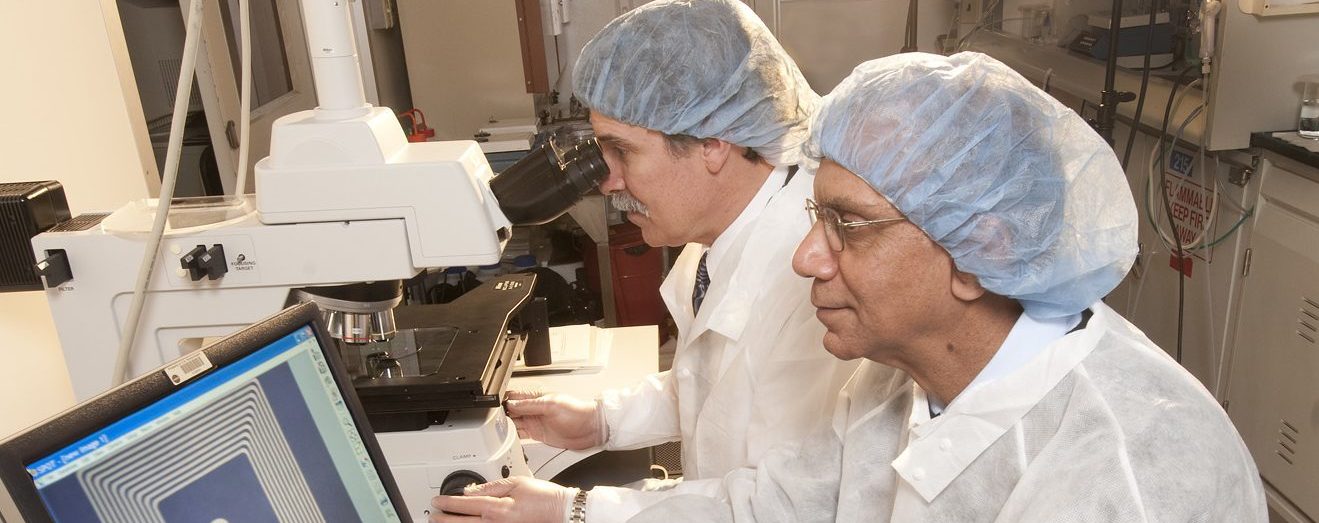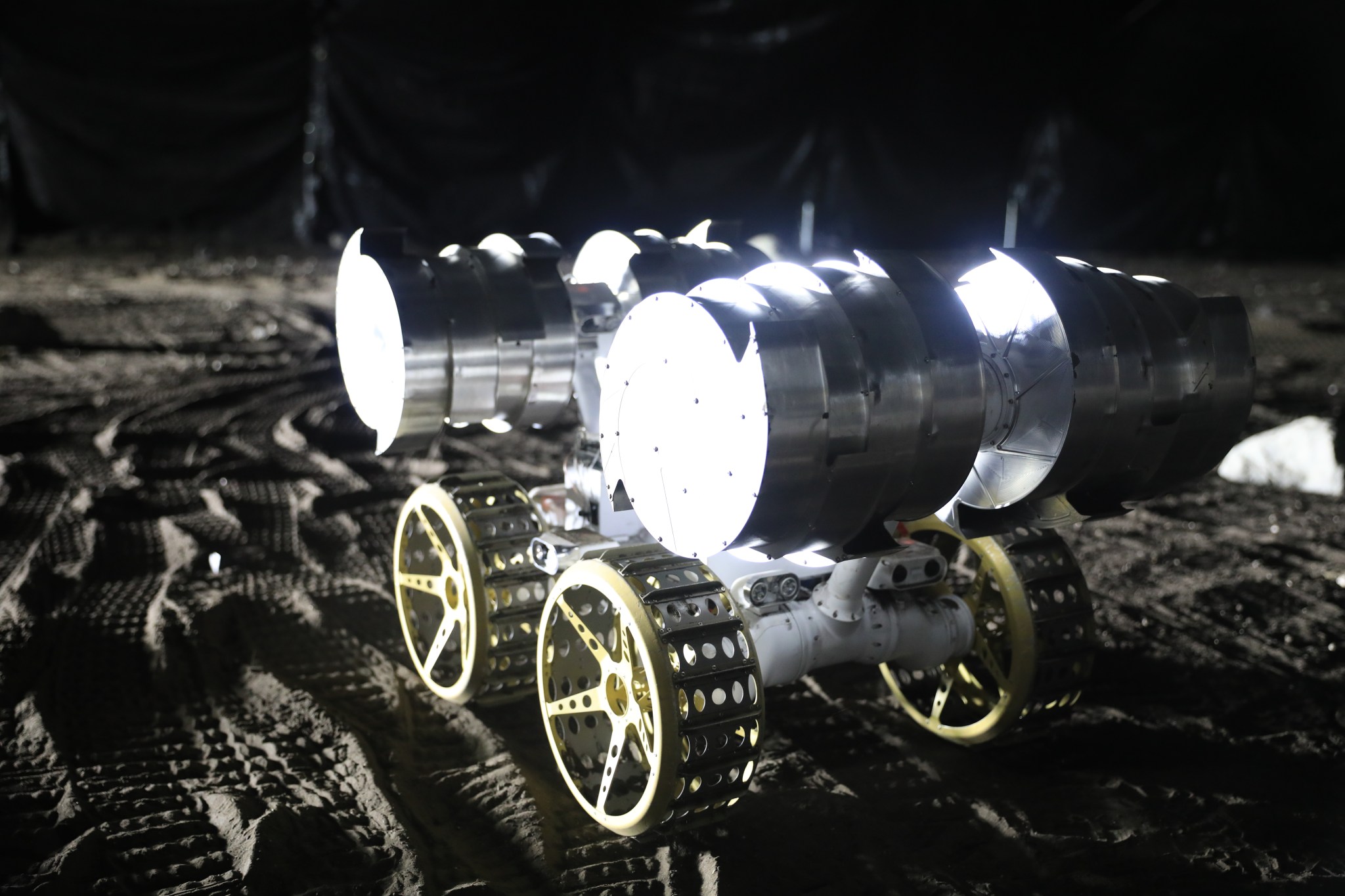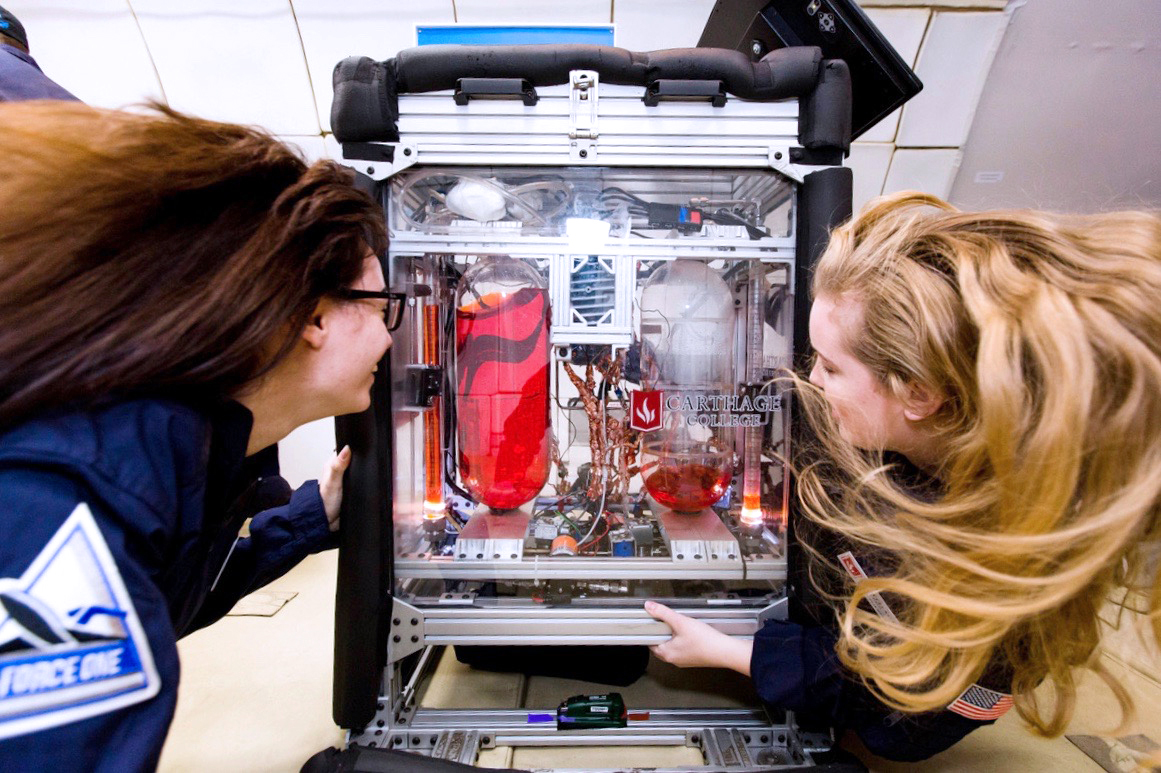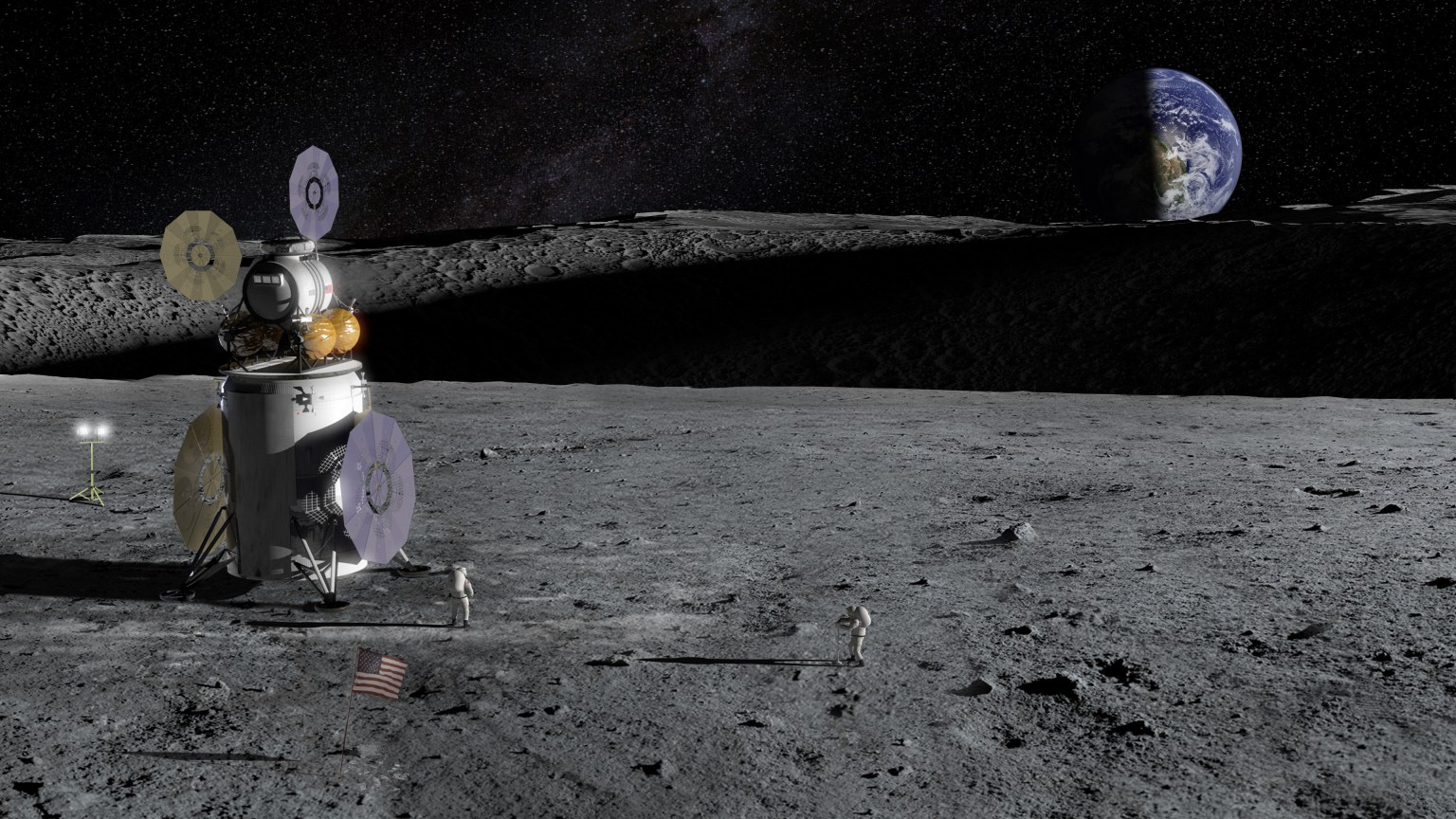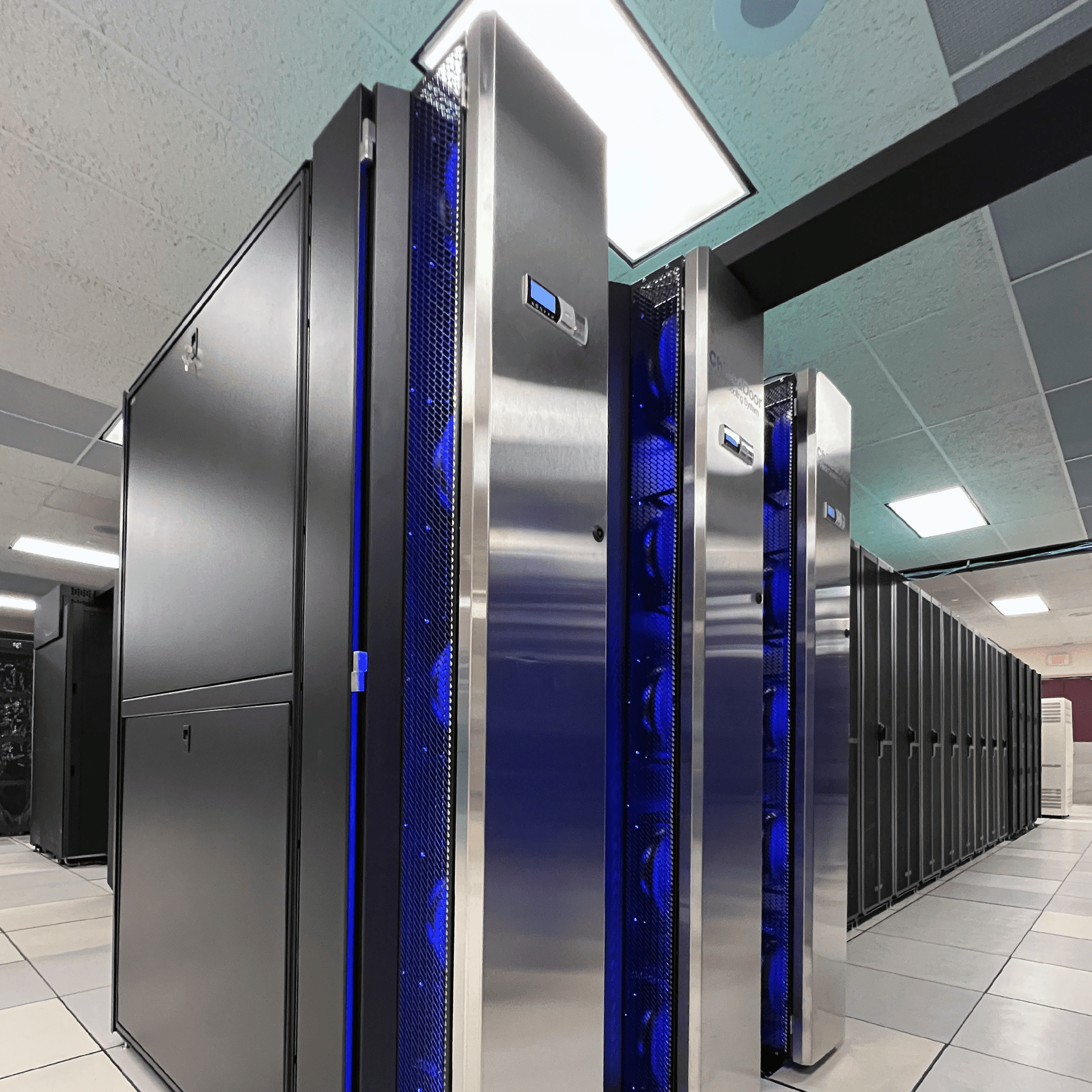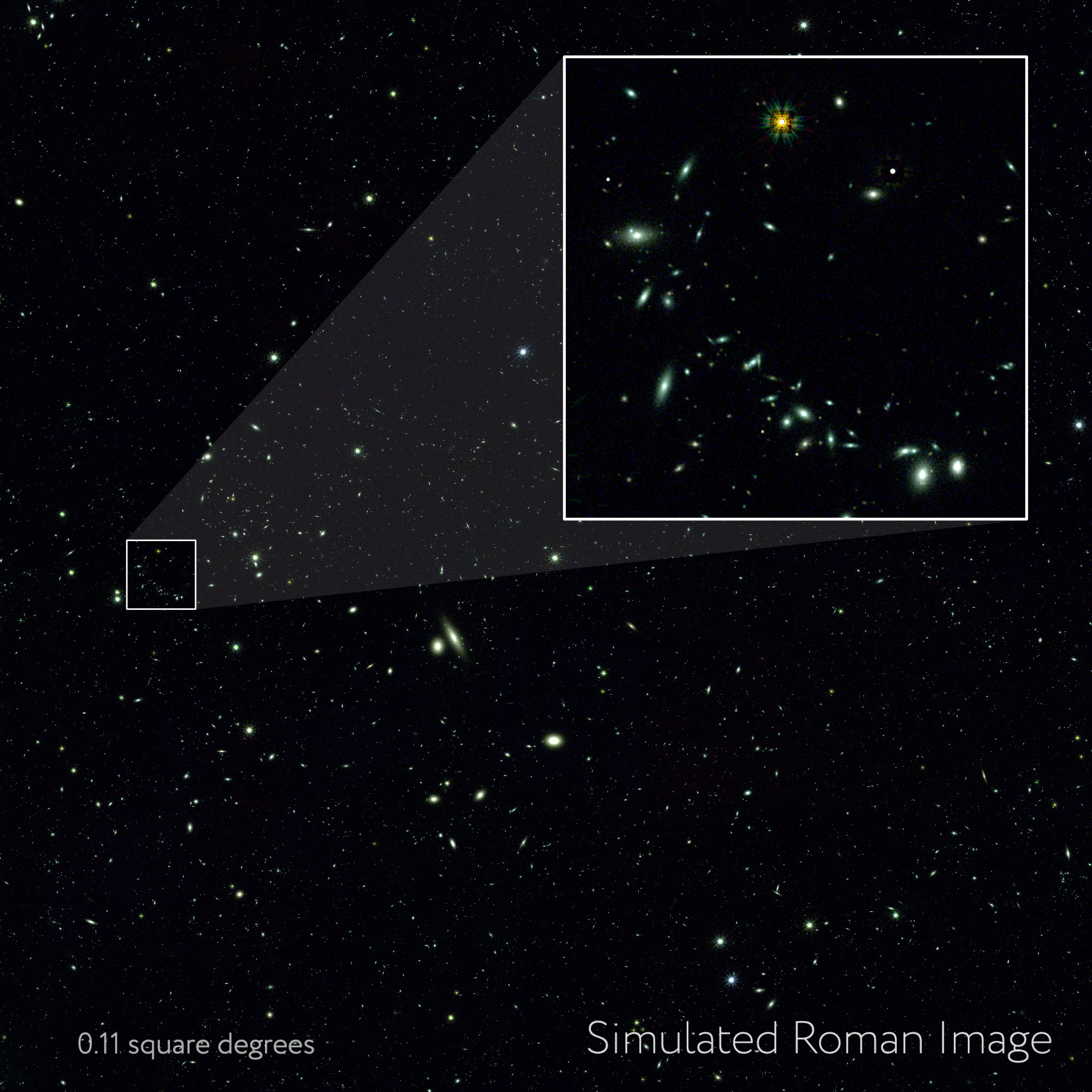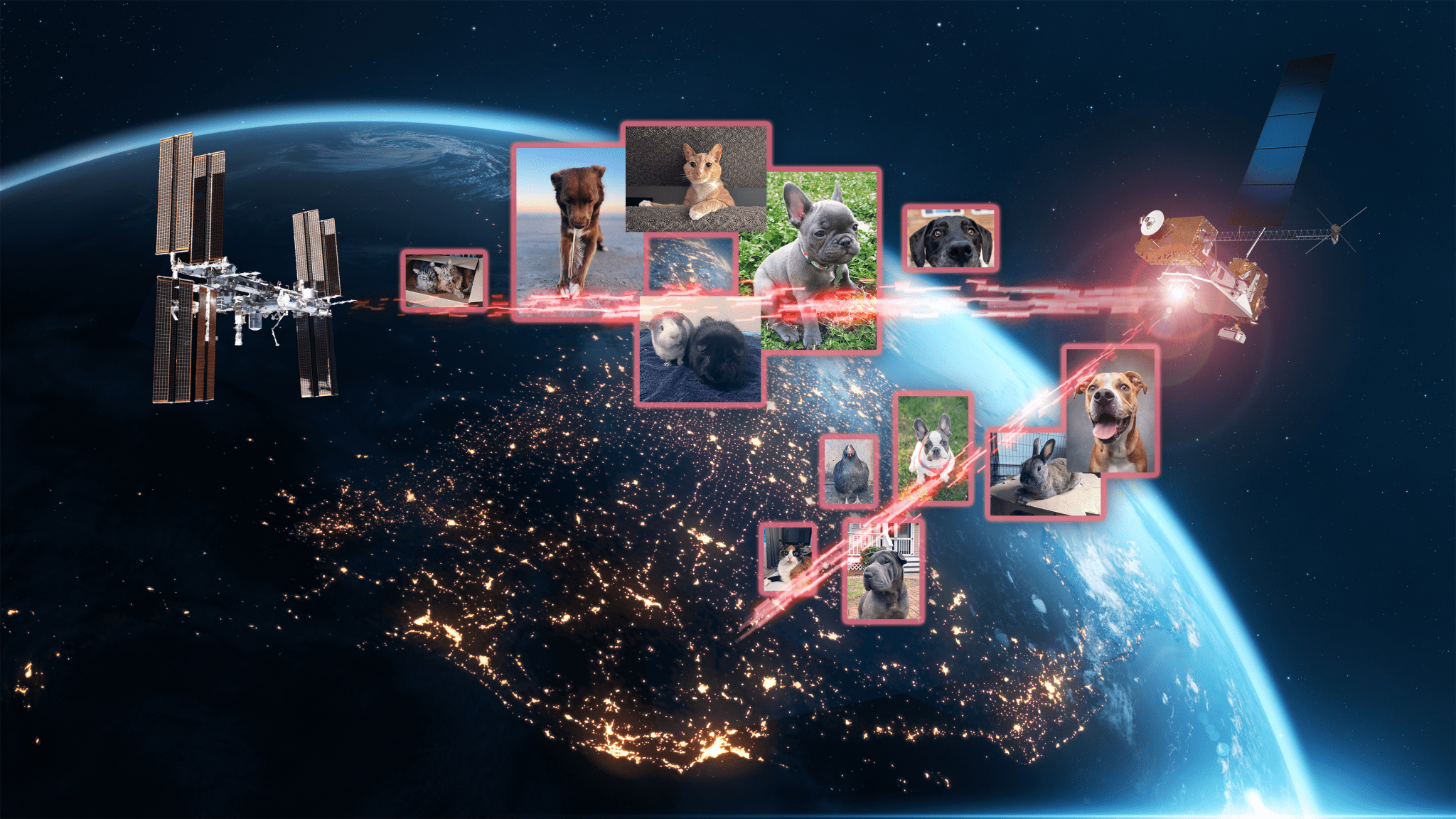At NASA, high-end computing is essential for many agency missions. This technology helps us advance our understanding of the universe – from our planet to the farthest reaches of the cosmos. Supercomputers enable projects across diverse research, such as making discoveries about the Sun’s activity that affects technologies in space and life on Earth, building artificial intelligence-based models for innovative weather and climate science, and helping redesign the launch pad that will send astronauts to space with Artemis II. These projects are just a sample of the many on display in…
Read MoreTag: Technology
Precision Pointing Goes the Distance on NASA Experiment
4 min read Preparations for Next Moonwalk Simulations Underway (and Underwater) The laser that transmits between NASA’s Psyche spacecraft and Earth-based observatories for the Deep Space Optical Communications experiment successfully reaches its target thanks, in part, to a vibration isolation platform developed by Controlled Dynamics Inc., and supported by several Space Technology Mission Directorate programs. NASA/JPL-Caltech One year ago today, the future of space communications arrived at Earth as a beam of light from a NASA spacecraft nearly 10 million miles away. That’s 40 times farther than our Moon. That’s…
Read MoreStation Science Top News: Oct. 18, 2024
Microgravity had no immediate effect on a person’s ability to perceive the height of an object, indicating that astronauts can safely perform tasks that rely on accurate and precise height judgments soon after arrival in space. We use the height and width of objects around us to complete tasks such as reaching for objects and deciding whether we can fit through an opening. VECTION, an investigation from the Canadian Space Agency, examined the effect of microgravity on an astronaut’s visual perception and how that ability may adapt during flight or upon return to…
Read MorePioneering NASA Astronaut Health Tech Thwarts Heart Failure
3 min read Preparations for Next Moonwalk Simulations Underway (and Underwater) Dr. Rainee Simons (right) and Dr. Félix Miranda work together to create technology supporting heart health at NASA’s Glenn Research Center in Cleveland. Credit: NASA Prioritizing health is important on Earth, and it’s even more important in space. Exploring beyond the Earth’s surface exposes humans to conditions that can impact blood pressure, bone density, immune health, and much more. With this in mind, two NASA inventors joined forces 20 years ago to create a way to someday monitor astronaut…
Read MoreNASA, Collaborators Announce a New Student Lunar Autonomy Challenge!
3 min read Preparations for Next Moonwalk Simulations Underway (and Underwater) This video shows NASA’s IPEx Excavator in a digital simulation environment. Credit: Johns Hopkins Applied Physics Laboratory (APL) Space is hard, but it’s not all hardware. The new Lunar Autonomy Challenge invites teams of students from U.S. colleges and universities to test their software development skills. Working entirely in virtual simulations of the Moon’s surface, teams will develop an autonomous agent using software that can accomplish pre-defined tasks without help from humans. These agents will be used to navigate…
Read MoreOSAM-1 Partnership Opportunity: Request for Information
1 min read Preparations for Next Moonwalk Simulations Underway (and Underwater) NASA is exploring potential partnerships for alternate use cases for the On-orbit Servicing, Assembly, and Manufacturing 1 (OSAM-1) flight hardware, test facilities, and experienced personnel. Through a Request for Information for OSAM-1 Partnerships released Sept. 5, 2024, NASA seeks interest from U.S. organizations that will benefit commercial, civil, and national objectives, thereby advancing domestic leadership in In-space Servicing, Assembly, and Manufacturing (ISAM) capabilities. A comprehensive list of OSAM-1 resources and technologies organizations can consider using are outlined in the…
Read MoreNASA Optical Navigation Tech Could Streamline Planetary Exploration
5 Min Read NASA Optical Navigation Tech Could Streamline Planetary Exploration Optical navigation technology could help astronauts and robots find their ways using data from cameras and other sensors. Credits: NASA As astronauts and rovers explore uncharted worlds, finding new ways of navigating these bodies is essential in the absence of traditional navigation systems like GPS. Optical navigation relying on data from cameras and other sensors can help spacecraft — and in some cases, astronauts themselves — find their way in areas that would be difficult to navigate with the…
Read MoreNASA Ames to Host Supercomputing Resources for UC Berkeley Researchers
The Cabeus supercomputer at the NASA Advanced Supercomputing Facility at NASA’s Ames Research Center in California’s Silicon Valley NASA/Michelle Moyer Under a new agreement, NASA will host supercomputing resources for the University of California, Berkeley, at the agency’s Ames Research Center in California’s Silicon Valley. The agreement is part of an expanding partnership between Ames and UC Berkeley and will support the development of novel computing algorithms and software for a wide variety of scientific and technology areas. Per the three-year Reimbursable Space Act Agreement, the UC Berkeley supercomputer and…
Read MoreNASA’s Roman Mission Gets Cosmic ‘Sneak Peek’ From Supercomputers
Researchers are diving into a synthetic universe to help us better understand the real one. Using supercomputers at the U.S. DOE’s (Department of Energy’s) Argonne National Laboratory in Illinois, scientists have created nearly 4 million simulated images depicting the cosmos as NASA’s Nancy Grace Roman Space Telescope and the Vera C. Rubin Observatory, jointly funded by NSF (the National Science Foundation) and DOE, in Chile will see it. Michael Troxel, an associate professor of physics at Duke University in Durham, North Carolina, led the simulation campaign as part of a…
Read MoreNASA’s Laser Relay System Sends Pet Imagery to, from Space Station
Using NASA’s first two-way, end-to-end laser relay system, pictures and videos of cherished pets flew through space over laser communications links at a rate of 1.2 gigabits per second — faster than most home internet speeds. NASA astronauts Randy Bresnik, Christina Koch, and Kjell Lindgren, along with other agency employees, submitted photos and videos of their pets to take a trip to and from the International Space Station. The transmissions allowed NASA’s SCaN (Space Communications and Navigation) program to showcase the power of laser communications while simultaneously testing out a…
Read More